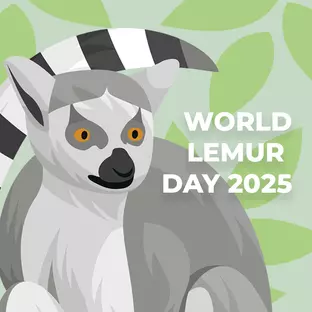When we think of monkeys, it is most likely that our minds jump straight to the lush, tropical rainforests of the Amazon. Or perhaps you know more about the unusual snow monkeys of Japan? Either way, when it comes to simian populations, I’d be willing to bet that last place you’d expect to see monkeys roaming free would be out here in Europe. Or, more specifically: on the peninsular of Gibraltar!
To give you a bit of background on Gibraltar, the area is classed as an overseas territory of the United Kingdom. Located in southwest Europe, it has a relatively small population of about 28,000 people…as well as around 300 Barbary Macaques.
So what is a barbary macaque? Also known as the ‘barbary ape’ or ‘magot’, this species is without doubt part of the monkey family, evident simply because of its long, vestigial tail (no species of ape has an appendage of this kind.) While the macaque is not endemic to Gibraltar only, it is very unusual to have monkeys over in this side of the world, and especially for a species such of this to thrive alongside a somewhat proportionate number of humans. Furthermore, the adjustment from the Moroccan/Algerian climate to the considerably cooler Gibraltar is an interesting shift for these monkeys to have made…wait, did we mention that they originated from Africa?!

Another fascinating fact about the monkeys of Gibraltar is that, out of all the areas worldwide in which they live, it is here where their numbers are actually on the rise. This could potentially be due to their Moroccan cousins being used as props in photo opportunities for tourists, which in turn can cause the animals intense stress. In addition to this, the Moroccan macaques are often captured and sold as pets, or even as fighting monkeys. It is hoped that the Gibraltarian macaques have a more understanding, peaceful relationship with their fellow inhabitants, and this may potentially be proven by the fact that the local monkeys are confident enough to stray into the city with minimal risk. All of that said, humans must still be careful when visiting the area, as it is inherent for monkeys of this kind to attack and as such, you'd be better of getting a closer glimpse by joining an organised tour.
Gregarious and social, the Barbs love to play with their fellow macaque, and even exhibit grooming one another to lower stress levels. They are recorded as hanging out in mixed gendered troops consisting of anywhere between 10 and 100 members. Interestingly, it seems like the nation of Gibraltar hold their native animal in high regard, portraying them on the country’s five pence coin since 1988 and believing that, for as long as they appear on the island, the territory will remain under the British rule. Move over, Queen Elizabeth – the monkeys run this place!
All of that aside: you do have to wonder how the monkeys got here. The general consensus is that they were brought over from Morocco and sold, or came over on boats with rich Brits - either way, it is evident that they are not exactly native to the island, and therefore stand as an awkward reminder that illegal animal trade is all too prevalent in the modern day. Interesting as they and their numbers may be, it is not a nice thought that history could repeat itself as animals continue to be displaced, moving to habitats that are wholly unnatural to any given species. The fact that macaque numbers in Gibraltar have grown since their arrival around 300 years ago may just be a fluke rather than impressive, so while we acknowledge the existence of these monkeys in such an unusual environment, we must also be wary of forbidden exchange of innocent animals happening anywhere else in the world.














